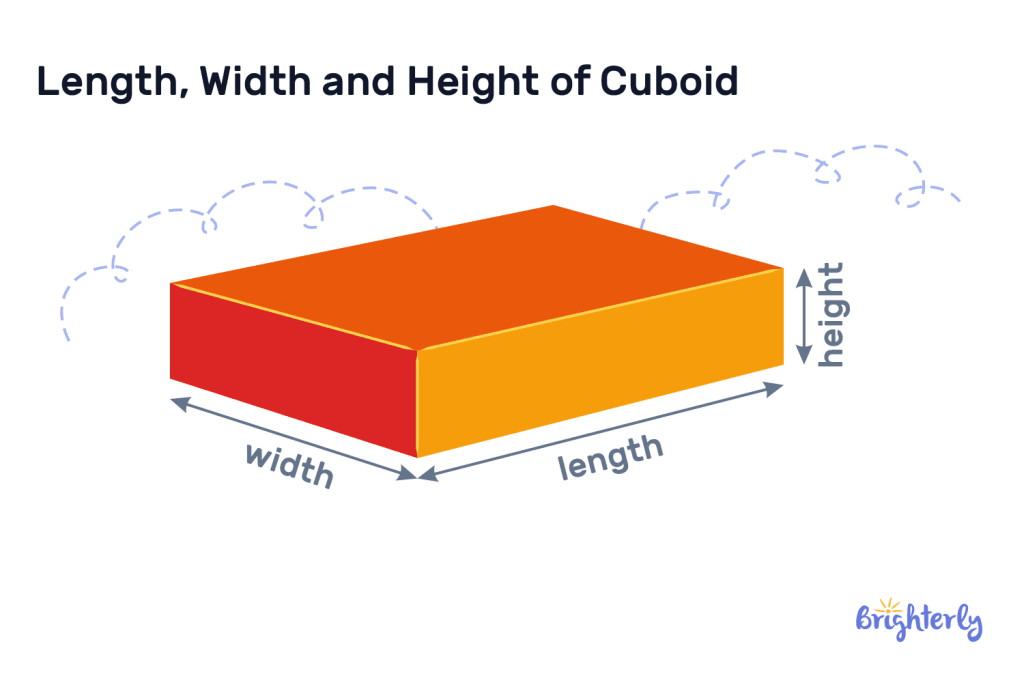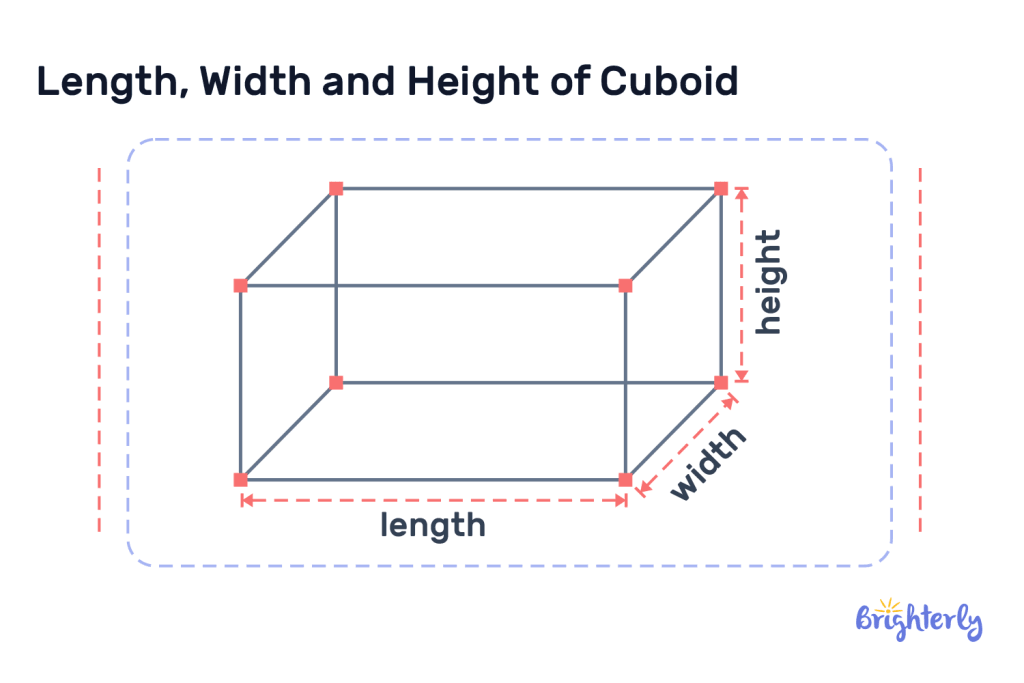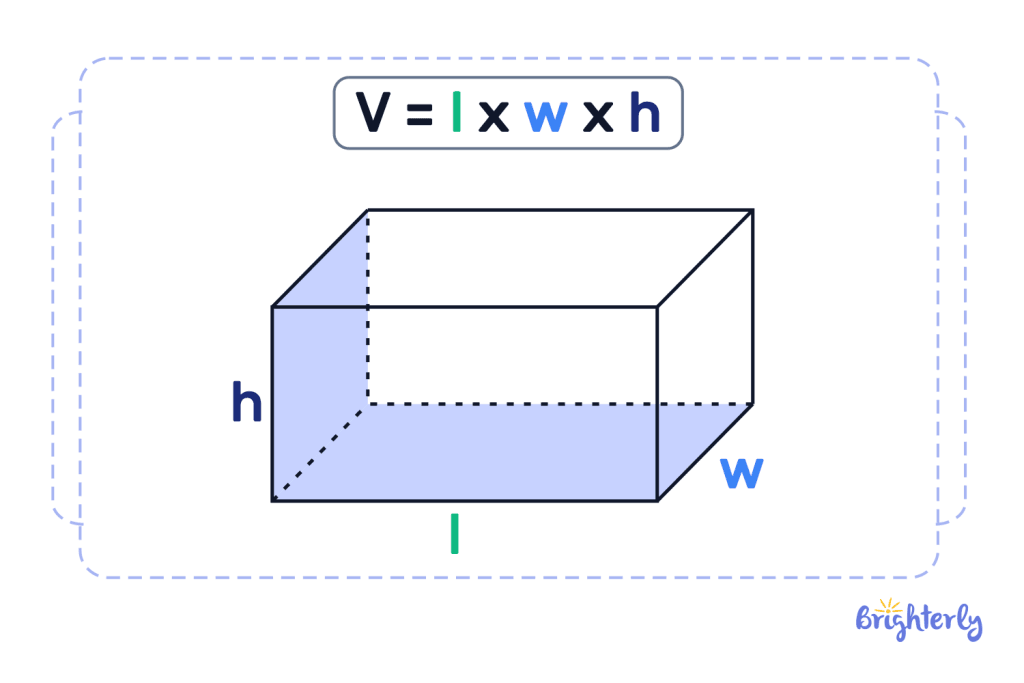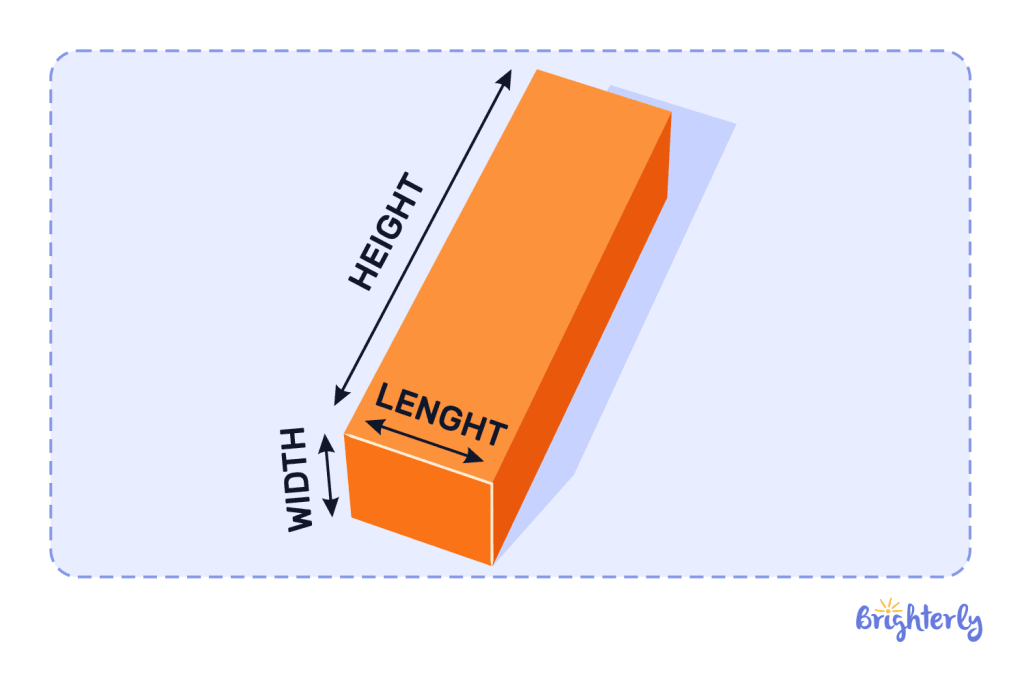Length Width Height – Definition with Examples
reviewed by Jo-ann Caballes
Updated on July 15, 2025
- What is length and width?
- What are length, width and height?
- How to measure length width height?
- Length width height example
- Length vs width
- Length x width x height
- Length width height of a box
- Units of measurement for length, width, and height
- Importance of accuracy in measurement
- Find the perfect math tutor here
- Practice questions on length width height
- Solved math task 1
- Length width height: practice math problems
- Riz painted a door with dimensions 80 × 36 × 2 inches as height, length, and width respectively.
- Calculate the total area of all the surfaces that Riz painted.
- Nick jogged around a playground. The measurements of the playground are 100 × 80 meters. Calculate the total distance ‘P’ if he jogged 4 times around the playground.
- Find out the length of the given figure if its width is 2 inches and it is 4 inches high. The measurement of volume is 96 cubic inches.
- A rectangular room has the following measurements:
- Its length is 6 meters more than its width and the perimeter is 44 meters.
- Calculate its width and length.
- Length width height: worksheets
- Frequently asked questions on length width height
- Can width be longer than length?
- What if my object is round, like a ball?
- Is volume always calculated by length x width x height?
Welcome to Brighterly, your trusted partner in learning everything there is to know about math!
Today we’re going to explore the three dimensions that define our 3D world: length, width and height.
Here, we’ll share examples of these dimensions, length width height order and how to measure them. We’ll also share practice math problems and cool worksheets so you can further your learning!
What is length and width?
Length and width are dimensions that apply to 2D and 3D shapes and objects. The length is the longest side, measuring end to end, while the width is the shorter dimension from side to side. Width is sometimes known as breadth.

What are length, width and height?
Length, width and height are the 3 dimensions that apply to 3D objects. Length is the longest measurement and width measures the object side-to-side. We then add a final dimension of height, measuring vertically from the base to the top.
This additional measurement moves a shape from 2 dimensions to 3 dimensions. If you’re wondering, “Does width come before height?”, generally, the answer is yes!

How to measure length width height?
You can measure length, width and height using various measuring tools, including tape measures, rulers or even laser distance measurers. The tool will depend on the size of your object and should be appropriate to it. For example, if you have a small box, you can measure it with a ruler. Larger items may require tape measures or laser distance measures.
First, identify the length and measure that accurately from end to end, placing the 0 marker on your measuring tool at one end of the length, then marking where it finishes. Next, repeat these steps to measure your width, which is perpendicular to the length. Then, measure your final dimension, the height, from base to top.
Length width height example
There are examples of objects with defined length, width and height all around us, including:
- An A4 sheet of paper, which has a length of 297 mm, width of 210 mm and height of less than a mm
- A brick, with a standard length of 200 mm, width of 100 mm and height of 76 mm
Sometimes length, width, height are expressed as length width depth, but this is incorrect, as width is the same as depth.
Length vs width
Width and length measure the distance between two ends of an object, but not in the same direction. The difference between length and width is that length is usually our longest dimension. Our width, meanwhile, is shorter, measuring the distance from one side to another.
Length x width x height
When we use the height, width, length formula (length x width x height), we get the volume of an object. The volume represents how much space the object occupies and the space available inside. In real life, we use this to find out how much a container can hold or how much space an item takes up. As a l x w x h example, a box with a length of 2 meters, width of 1 meter and height of 1 meter has a volume of 2 cubic meters.

Length width height of a box
It’s easy to work out and measure the length, width and height of a box. The longest side of the box, running from one end to the other, is the length. Then, your width is the measurement perpendicular to the length across the box. Finally, the vertical measurement from top to bottom is your height.

Units of measurement for length, width, and height
We can use many units of measurement to measure length, width and height. In the US, we use the imperial system, so we’ll often measure length, width and height in inches, feet, yards and miles, depending on the size of our object. Elsewhere, the metric system of millimeters, centimeters and kilometers is used.
Importance of accuracy in measurement
It’s important to measure our length, width and height accurately, especially in real-world contexts like manufacturing, construction, science experiments and even cooking. By measuring these dimensions precisely, we can ensure pieces fit together correctly, the right quantity of materials are used or we’re using the right containers. Inaccurate measurements in real life can cause many problems!
Practice questions on length width height
Ready to test yourself? Answer our practice questions on length, width and height, and check your answers to see how many you get right!
Solved math task 1
A shoebox has a length of 30 cm, a width of 20 cm, and a height of 10 cm. What is its volume?
Answer:
| 6000 cm3. |
Length times width times height = 30 x 20 x 10 = 6000.
Solved math task 2
A garden has a length of 10 meters and a width of 5 meters. What’s the area?
Answer:
| 50 m2. |
Length times width = 10 x 5 = 50.
Length width height: practice math problems
Length width height: worksheets
Now you know all about length, width and height, put your knowledge into practice with our cool math worksheets!
- 2D and 3D shapes worksheets
- Measuring lengths worksheets
- Measurement grade 1 worksheets
- Surface area and volume worksheets
Frequently asked questions on length width height
Can width be longer than length?
Yes, sometimes the width can be longer than the length. Usually, length is our longest dimension, but this rule is flexible. In real life, TV screens and computer monitors have width as their longest dimension, so it depends on the specific context.
What if my object is round, like a ball?
For round objects, we don’t use height width length. Instead, we measure the radius (the distance from the middle to the surface of a sphere) and diameter (the longest distance from one end of the object to the other, that passes through the middle). In a spherical object, our ‘height’ is diameter.
Is volume always calculated by length x width x height?
No, we only use the length times width times height formula for rectangular or cubic objects. There are different formulas for other shapes. For example, the volume of a sphere formula is 4/3π(radius3), and the volume of a cylinder formula is π(radius2) x height.







